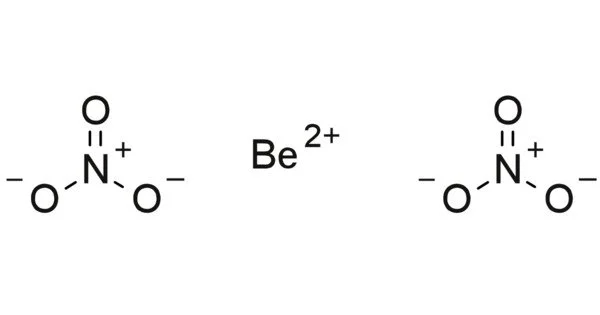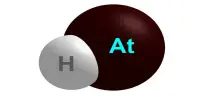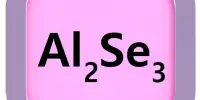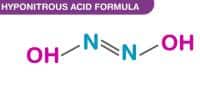Beryllium nitride, Be3N2, is a beryllium nitride. It can be made at high temperatures (1100-1500 °C) from the elements, but unlike Beryllium azide or BeN6, it decomposes in vacuum into beryllium and nitrogen. It hydrolyzes easily, producing beryllium hydroxide and ammonia. It exists in two polymorphic forms: cubic –Be3N2, which has a defect anti-fluorite structure, and hexagonal –Be3N2. At 1800-1900 °C, it reacts with silicon nitride, Si3N4, in an ammonia stream to form BeSiN2.
Properties
- Chemical formula: Be3N2
- Molar mass|: 55.06 g/mol
- Appearance: yellow or white powder
- Density: 2.71 g/cm3
- Melting point: 2,200 °C (3,990 °F; 2,470 K)
- Boiling point: 2,240 °C (4,060 °F; 2,510 K) (decomposes)
- Solubility in water: decomposes
- Solubility in [acids, bases]: hydrolyzes
- Crystal structure: Cubic, cI80, SpaceGroup = Ia-3, No. 206 (α form)
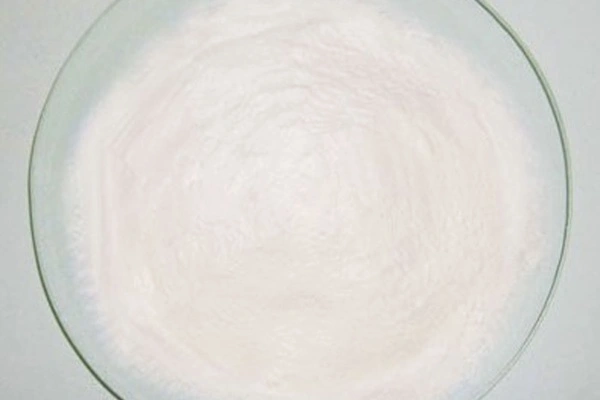
Preparation
Beryllium nitride is a beryllium and nitrogen compound that is created by heating beryllium metal powder with dry nitrogen at high temperatures (1100-1500 °C). It is relatively reactive, oxidizing quickly in air at 600°C and decomposing in water.
Beryllium nitride is made by heating beryllium metal powder with dry nitrogen in an oxygen-free environment at temperatures ranging from 700 to 1400 °C.
3Be + N2 → Be3N2
Reactions
Beryllium nitride reacts with mineral acids producing ammonia and the corresponding salts of the acids:
Be3N2 + 6 HCl → 3 BeCl2 + 2 NH3
In strong alkali solutions, a beryllate forms, with evolution of ammonia:
Be3N2 + 6 NaOH → 3 Na2BeO2 + 2 NH3
Both the acid and alkali reactions are brisk and vigorous. Reaction with water, however, is very slow:
Be3N2 + 6 H2O → 3 Be(OH)2 + 2 NH3
Reactions with oxidizing agents are likely to be violent. It is oxidized when heated at 600 °C in air.
Uses
It is used in refractory ceramics as well as in nuclear reactors and to produce radioactive carbon-14 for tracer applications.
